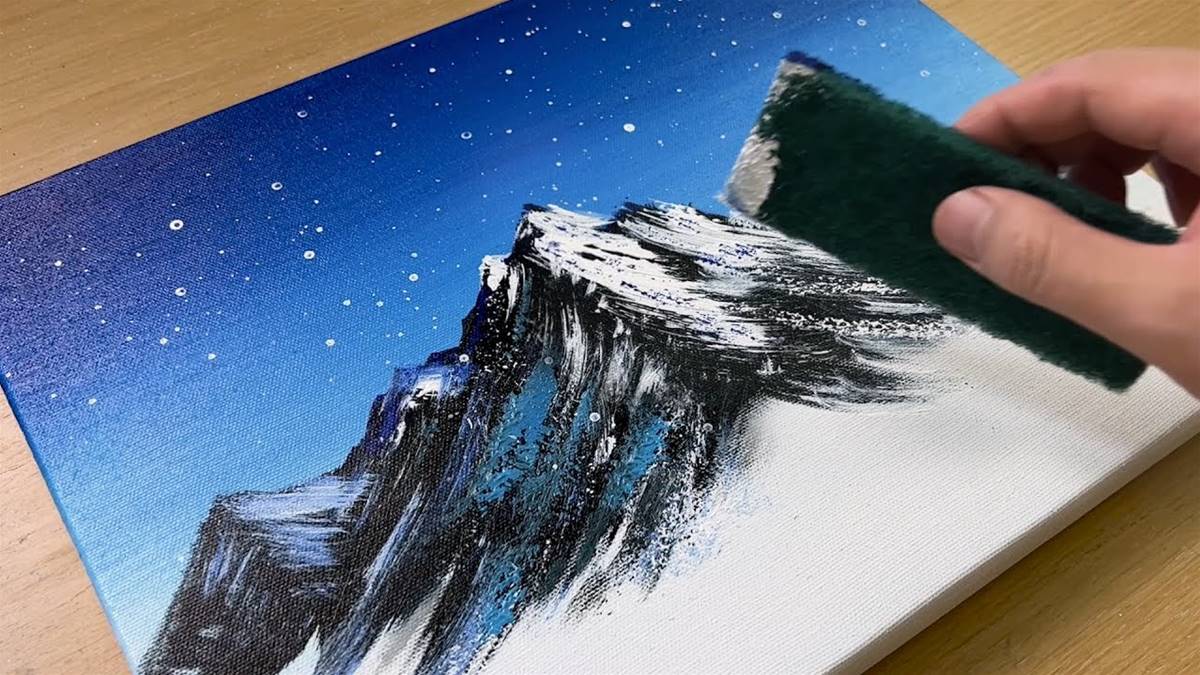

Acrylic painting is a versatile and vibrant art form that can be enjoyed by beginners and seasoned artists alike. With a few basic techniques, beginners can quickly learn how to create beautiful and appealing acrylic paintings. The first technique that beginners should master is the proper way to prepare their canvas. It is important to ensure that the canvas is clean and free from dust or debris. This can be done by simply wiping it with a damp cloth or sponge. Additionally, beginners should also prime their canvas with a layer of gesso to create a smooth and even surface for painting. Once the canvas is prepared, beginners can begin exploring different painting techniques.
One of the most basic techniques is the wet-on-wet technique. This involves applying paint to a wet surface, allowing the colors to blend and create interesting textures. Beginners can experiment with different color combinations and brush strokes to create unique and expressive paintings. Another technique that beginners can explore is dry brushing. This involves using a dry brush with minimal paint to create a textured and layered effect. By applying light and quick strokes, beginners can add depth and dimension to their paintings. This technique is particularly useful for creating realistic textures, such as rough tree bark or fluffy clouds.
To add more visual interest to their paintings, beginners can also experiment with different tools and materials. For example, sponges can be used to create soft and blended backgrounds, while palette knives can be used to create bold and textured strokes. Additionally, beginners can also explore the use of different mediums, such as gel or pouring medium, to create unique effects and textures. As beginners gain more confidence in their painting skills, they can also start exploring the use of color theory. This involves understanding how colors interact with each other and how they can be used to create different moods and emotions in a painting.
By learning about complementary colors, warm and cool colors, and color harmonies, beginners can create more visually appealing and dynamic paintings. Finally, one of the most important aspects of acrylic painting is practice and experimentation. Beginners should not be afraid to make mistakes or try new techniques. By continuously practicing and exploring different painting techniques, beginners can develop their own unique style and create paintings that are true to their own artistic vision. In conclusion, acrylic painting is a rewarding and enjoyable art form for beginners to explore. By mastering basic techniques, experimenting with different tools and materials, and continuously practicing, beginners can quickly develop their skills and create stunning acrylic paintings.
So grab your brushes and canvas, and let your creativity flow!

